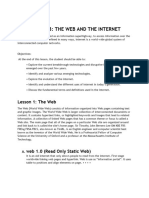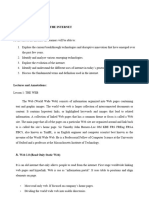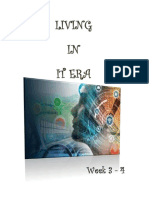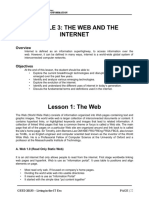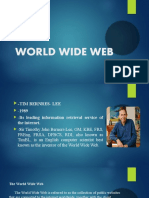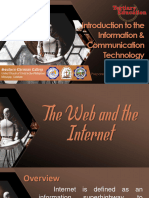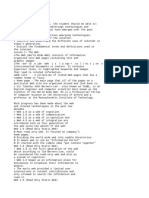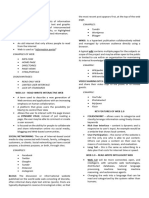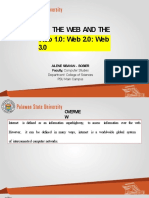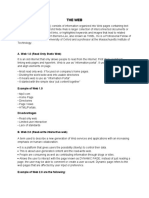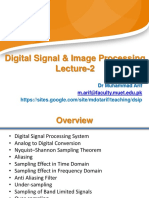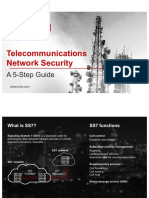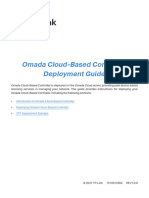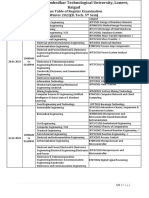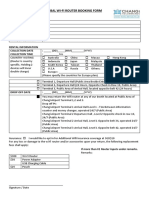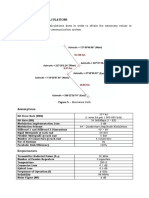0% found this document useful (0 votes)
7 views8 pagesModule 3 - 3rd Year
Module 3 covers the evolution of the web and the internet, detailing the transition from Web 1.0 (static) to Web 2.0 (interactive) and the emerging Web 3.0 (intelligent). It discusses key components of the internet, including servers, IP addresses, and browsers, along with their functions and uses in daily life. The module also defines essential internet terms and highlights various types of websites and their purposes.
Uploaded by
Radzia AradaisCopyright
© © All Rights Reserved
We take content rights seriously. If you suspect this is your content, claim it here.
Available Formats
Download as DOCX, PDF, TXT or read online on Scribd
0% found this document useful (0 votes)
7 views8 pagesModule 3 - 3rd Year
Module 3 covers the evolution of the web and the internet, detailing the transition from Web 1.0 (static) to Web 2.0 (interactive) and the emerging Web 3.0 (intelligent). It discusses key components of the internet, including servers, IP addresses, and browsers, along with their functions and uses in daily life. The module also defines essential internet terms and highlights various types of websites and their purposes.
Uploaded by
Radzia AradaisCopyright
© © All Rights Reserved
We take content rights seriously. If you suspect this is your content, claim it here.
Available Formats
Download as DOCX, PDF, TXT or read online on Scribd
/ 8





